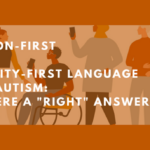
In a world where opportunities for individuals with disabilities are expanding, E4Texas stands as a beacon of empowerment. The program at the University of Texas at Austin is transforming the lives of students with and without disabilities, providing them with the tools, support, and resources they need to excel. In this post, we’ll explore how E4Texas is breaking barriers, fostering independence, and unlocking the hidden potential within each student.
Embracing Inclusion:
At the heart of E4Texas is the belief that every individual deserves the opportunity to thrive. The program creates an inclusive environment where students with disabilities can engage in educational and career-building experiences. By removing societal barriers and promoting a culture of acceptance, the E4Texas program empowers students to embrace their unique abilities and pursue their passions.
Building Skills for Success:
The E4Texas program goes beyond traditional academic instruction. It provides students with a comprehensive set of skills that pave a path to success in the workforce. From developing independent living skills to honing professional competencies, the program equips students with the practical tools they need to navigate real-life challenges. Through classroom instruction, hands-on training, and practical experiences, students gain the confidence to excel in their chosen career fields.
Navigating the Path to Employment:
One of the primary goals of E4Texas is to prepare students for meaningful employment. Recognizing the importance of career readiness, the program offers three specialized career training tracks tailored to the interests and abilities of each student. Whether it’s becoming a paraprofessional, a child care attendant, or a personal care attendant, the E4Texas program ensures students are equipped with the necessary skills and knowledge to excel.
Mentorship and Support:
The journey to success is rarely traveled alone! E4Texas provides students with invaluable mentorship and support throughout their journey. Mentors are available to offer students guidance, encouragement, and practical advice. These mentors (many of whom are UT-Austin students or E4Texas program alumni) play a vital role in helping students navigate challenges, set goals, and unleash their full potential. With a strong support system in place, students can overcome obstacles and achieve their dreams.
Celebrating Success Stories:
Behind every successful E4Texas graduate lies an inspiring story of perseverance and triumph. These success stories serve as beacons of hope, showing what can be achieved when determination meets opportunity. The program takes pride in celebrating the accomplishments of its students, highlighting their achievements, and inspiring others to follow in their footsteps. Through storytelling and testimonials, E4Texas spreads a message of empowerment and encourages others to embrace their own potential:
“Our grandson is a changed man. Thank you once again for the exceptional program E4Texas. The cute little lizards have grown into dragons, and baby they are on fire! Their lives, their families lives, and their community will never be the same. The confidence, the independence, their own significance and their can-do attitude could only be attributed to the program. Your work has positively impacted many lives. We are forever grateful!“
-Program Graduate Family Member
Conclusion:
The E4Texas program is a catalyst for change, transforming the lives of students and empowering them to excel. By fostering an inclusive environment, providing career training, and offering mentorship and support, the program opens doors to a world of opportunities. Each success story is a testament to the transformative power of the E4Texas. As we continue to break barriers, embrace diversity, and unlock potential, we pave the way for a future where individuals with and without disabilities thrive and succeed on their own terms.
To learn more about the E4Texas program, please visit our website or email kathleen.hernandez@austin.utexas.edu



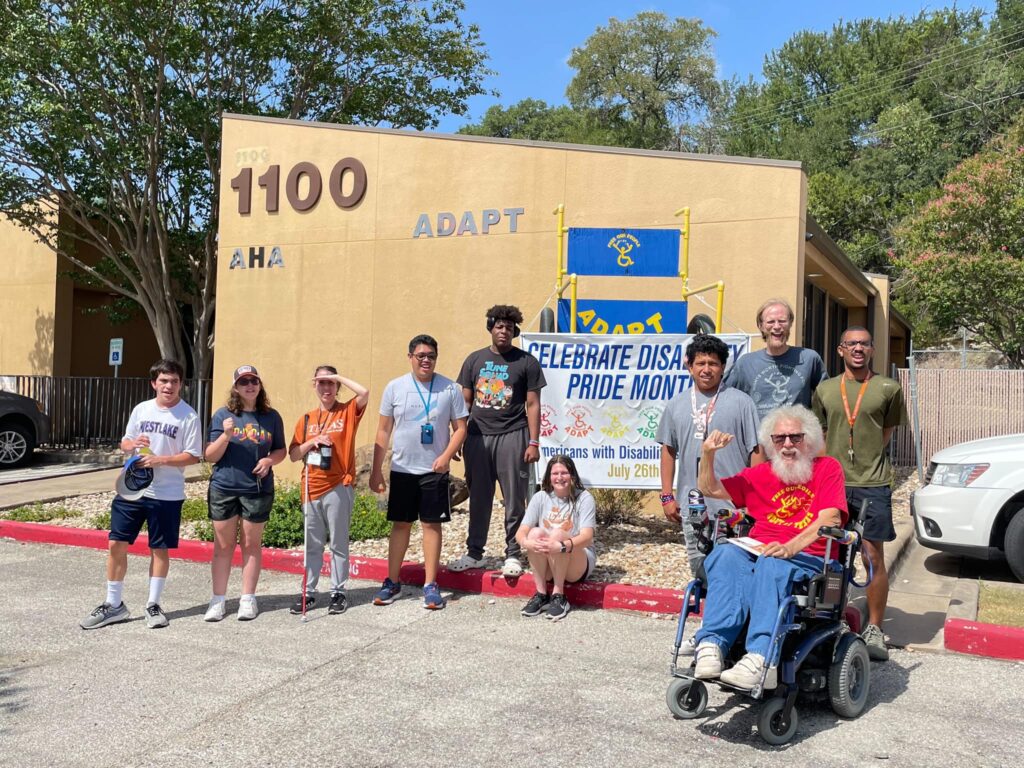

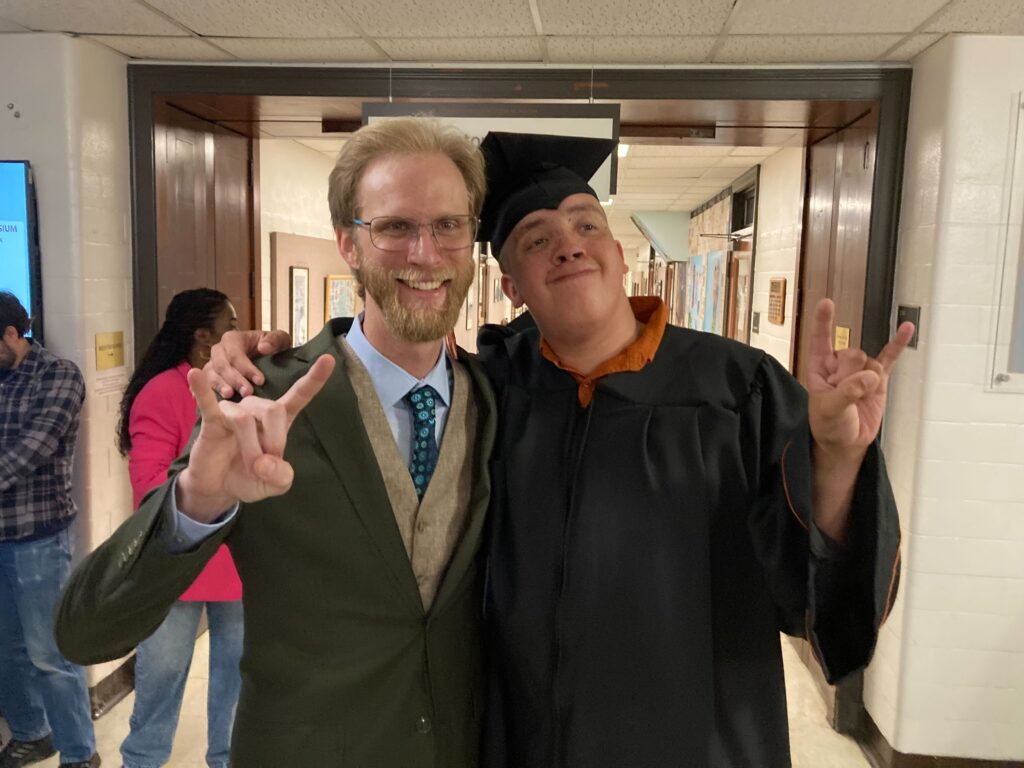


/https://static.texastribune.org/media/files/497be48cdfc80384976de41be30b13bb/1024%20TSTC%20Tour%20EL%20TT%2008.jpg)
/https://static.texastribune.org/media/files/f8ad079cbf3b0f8d2d6bbd9e3746c64c/1024%20TSTC%20Tour%20EL%20TT%2011.jpg)
/https://static.texastribune.org/media/files/b9637fd1ac8cead1e29243cd73ea54f9/1024%20TSTC%20Tour%20EL%20TT%2017.jpg)
/https://static.texastribune.org/media/files/55bd66dccf86586335d4bb064c1b81a4/1024%20TSTC%20Tour%20EL%20TT%2013.jpg)
/https://static.texastribune.org/media/files/edc84f4b83dbbd0e30b314a5c77a314c/1024%20TSTC%20Tour%20EL%20TT%2015.jpg)
/https://static.texastribune.org/media/files/08ed91d6fac6e9c22531e4352d7ccff8/1024%20TSTC%20Tour%20EL%20TT%2001.jpg)
/https://static.texastribune.org/media/files/e3474f0db4a820faba601ca3d51b7268/1024%20TSTC%20Tour%20EL%20TT%2005.jpg)
/https://static.texastribune.org/media/files/9f0220e440e1b2bfbe7245f513510e6d/1024%20TSTC%20Tour%20EL%20TT%2004.jpg)
/https://static.texastribune.org/media/files/0064f1aedd8cafa9a57528ada918f889/1024%20TSTC%20Tour%20EL%20TT%2007.jpg)
/https://static.texastribune.org/media/files/682885c03ace5d8265391b81453b585d/CTE%20Leander%20JM%20TT%2009.jpg)
/https://static.texastribune.org/media/files/243999558b0e333b7b597c05313d5ee4/CTE%20Leander%20JM%20TT%2014.jpg)
/https://static.texastribune.org/media/files/50d85ae911ff25a8d9cd941611850c3d/CTE%20Leander%20JM%20TT%2012.jpg)
/https://static.texastribune.org/media/files/8b048db552e16820a72d50cb6c79c44b/CTE%20Leander%20JM%20TT%2008.jpg)
/https://static.texastribune.org/media/files/7026fd4a4ab9d597e342b9807f581528/CTE%20Austin%20JM%20TT%2004.jpg)
/https://static.texastribune.org/media/files/819a50161e607828b14d9fabe0ba3d8a/CTE%20Austin%20JM%20TT.jpg)
/https://static.texastribune.org/media/files/aa3d4282d2e9cc4b5276061786ab45e1/1115%20AM%20Achieve%20CTE%20Program%20EL%20TT%2020.jpg)
/https://static.texastribune.org/media/files/ef016dba9819ff31874c0057b8415704/1115%20AM%20Achieve%20CTE%20Program%20EL%20TT%2008.jpg)
/https://static.texastribune.org/media/files/ecbd78df3b5ac40bc3291e1c00ce7f55/1115%20AM%20Achieve%20CTE%20Program%20EL%20TT%2012.jpg)
/https://static.texastribune.org/media/files/187174c9d24acb9cd0d93148779534eb/1115%20AM%20Achieve%20CTE%20Program%20EL%20TT%2015.jpg)
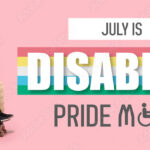
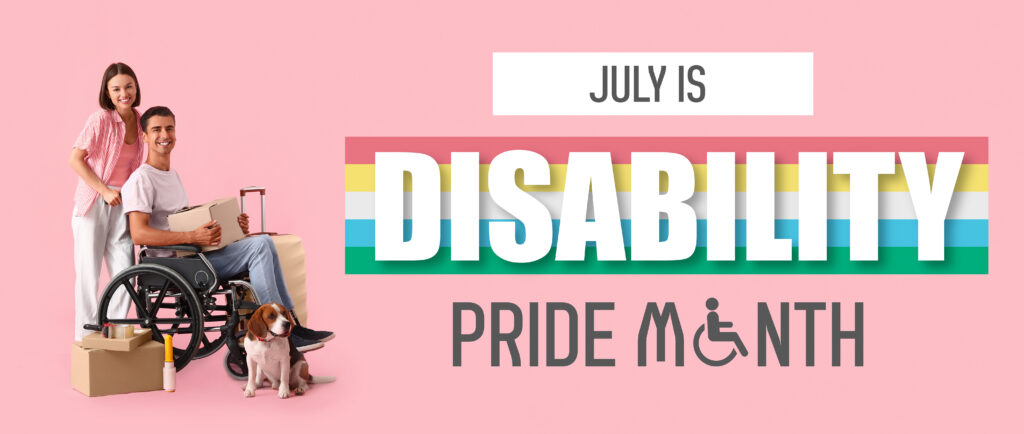
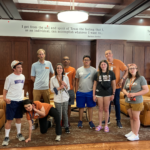
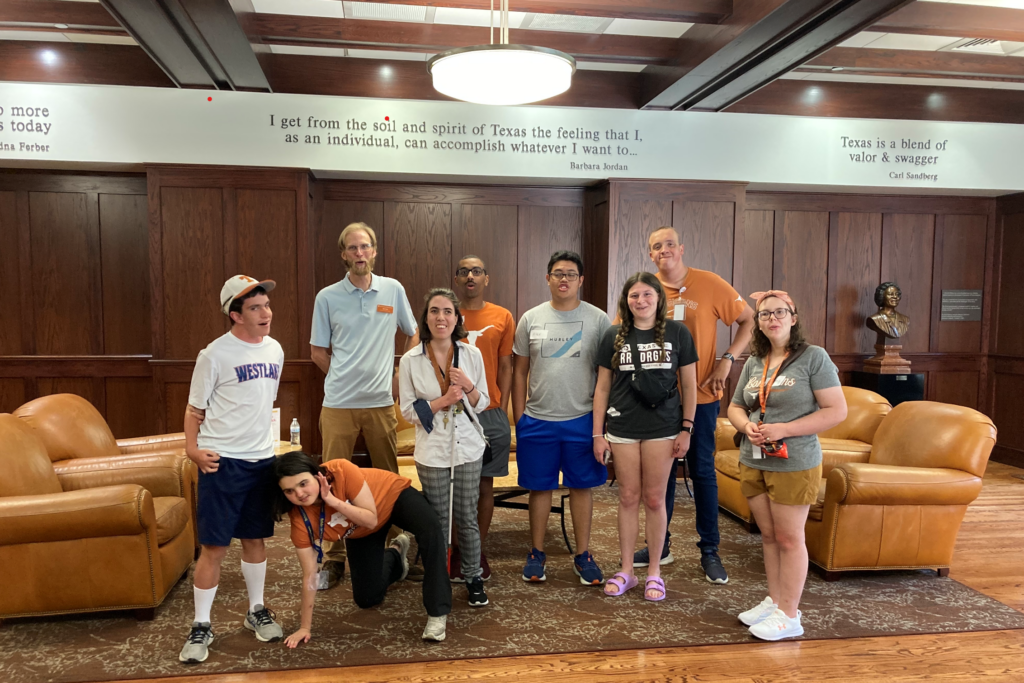
/https://static.texastribune.org/media/files/dd52dad8729a126e1731848828f50e17/1115%20AM%20Achieve%20CTE%20Program%20EL%20TT%2017.jpg)
/https://static.texastribune.org/media/files/394705889560f1081a53dd32f679abb4/1129%20CTE%20Austin%20JM%20TT%2002.jpg)
/https://static.texastribune.org/media/files/838f30db2a25904657473f27970f47e2/CTE%20Austin%20JM%20TT%2007.jpg)
/https://static.texastribune.org/media/files/4430dc01dcdcc937319c158bc05e078c/CTE%20Austin%20JM%20TT%2017%20.jpg)
/https://static.texastribune.org/media/files/7103e8ebdb1b03026167933b2c7cef1f/1115%20AM%20Achieve%20CTE%20Program%20EL%20TT%2014.jpg)
/https://static.texastribune.org/media/files/25f873139aeaa5d3a0965863230fe1e7/1115%20AM%20Achieve%20CTE%20Program%20EL%20TT%2013.jpg)
/https://static.texastribune.org/media/files/baeb86f80acc4f008c9e38b3e294d5ef/1115%20AM%20Achieve%20CTE%20Program%20EL%20TT%2010.jpg)
